Welcome to the blog where I share techniques that help you work faster and more efficiently with Sibelius, so that we can do less and do it better.
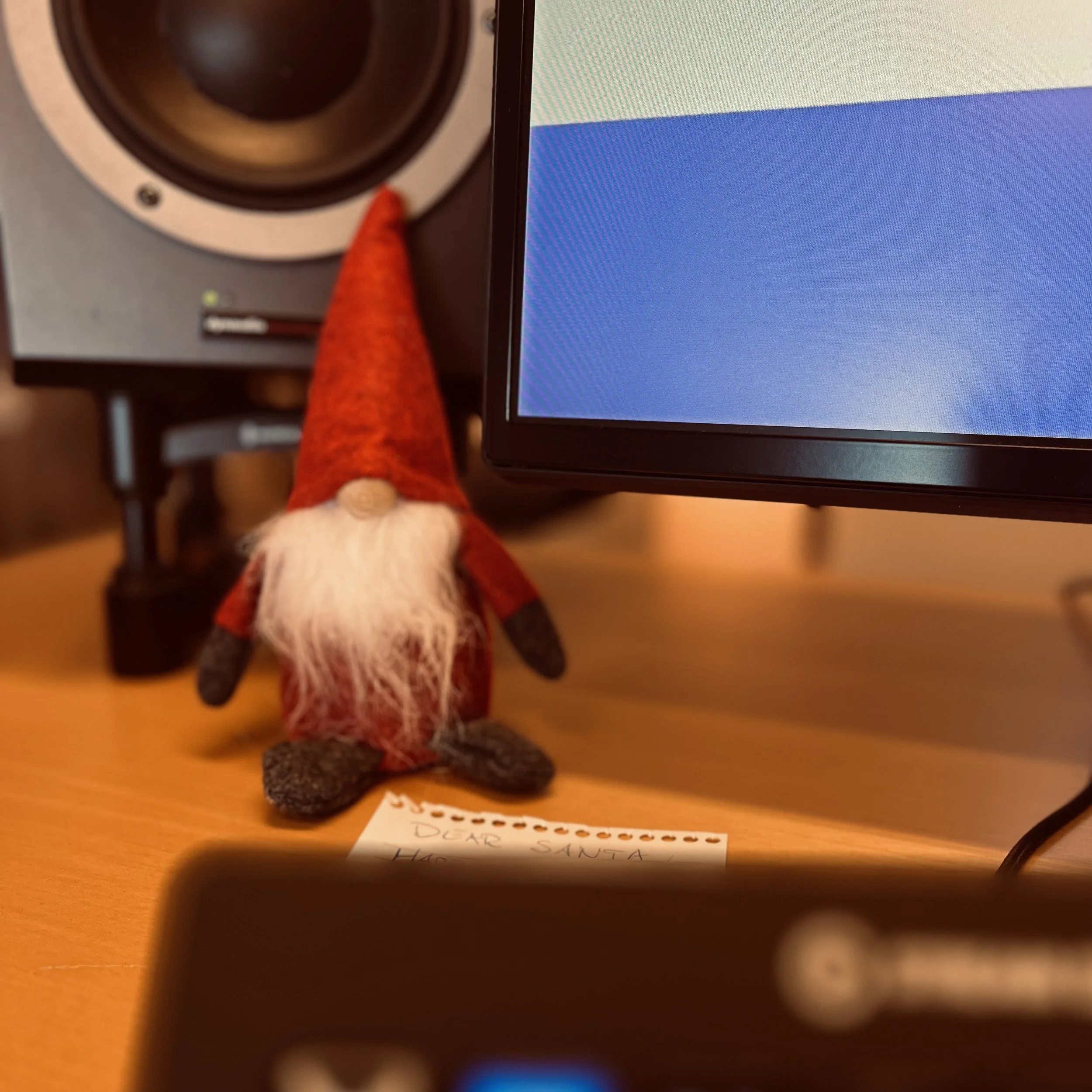
Year’s End Reset
December is noisy: deadlines, shopping, family logistics. But once the concerts are played and the cookies are eaten, there’s a pocket of silence. Everyone has their out-of-office set until the first Monday of January anyway, so the world slows down. Those quiet days are my favorite time for a “Year’s End Reset.” It’s not a reinvention. It’s more like defragmenting a computer—clearing the buffer so future projects run smoothly.

Fast Dynamics in Sibelius
Typing dynamics in Sibelius is fine… until you realize you’ve typed ⌘E more times than actual notes. Select the note, create expression, type pp, escape twice—by bar 50 you’re basically a stenographer.
Finale users love to brag about their “one-touch” dynamics. Fair enough—they’ve had it for years. But Sibelius doesn’t have to be slower. With a few macros and a smarter setup, it can be just as quick—sometimes quicker.
Here’s the system I use:
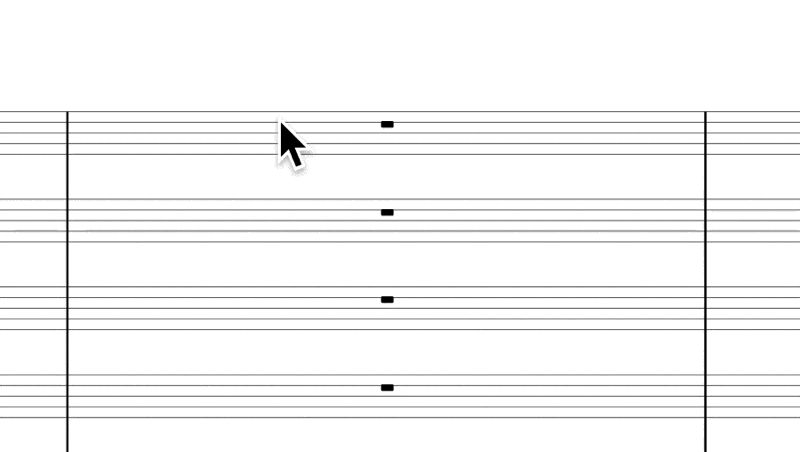
Getting Tempo Markings Right (Without Lifting a Pinky)
I got tired of messing it up.
Every time I tried to type a tempo change in Sibelius, I’d forget something: bold in the wrong place, a period instead of a dot, or lowercase when my house style clearly prefers Title Case. None of it was catastrophic — but each tiny fix meant another round of zooming in, selecting, retyping, or nudging things into place. And honestly, I’d rather not.
So I built a Keyboard Maestro macro to take care of it. It asks for the details, formats everything exactly the way I like it, and enters it like a well-trained assistant — no Manuscript Language, no Sibelius plugins, just fast, clean keystrokes.
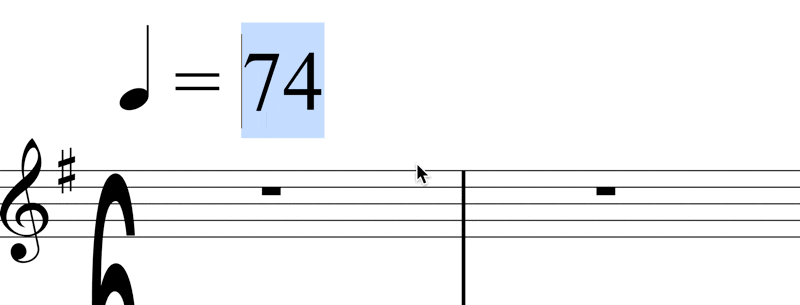
Shortcut Symphony: Orchestrate Your Workflow with Ease
One of the easiest places to start with automation when you already have a Mac is with the built-in app Shortcuts. It was introduced to iOS and macOS after Apple acquired the Workflow app, which was built around a similar structure.
At first, I didn’t see the use of it for myself, since all the example shortcuts felt gimmicky—things like ‘Remind me at work,’ ‘How many days until…,’ and ‘Send the last photo as an email.’ These didn’t add much value to my workflow. So, in this post, I’ll take you through some Shortcuts I actually use on a regular basis.

Templates 105: The Hidden Power of the Global Clipboard
Now that you’ve been crafting your own templates, setting up custom lines with special shortcuts, you’re probably flying through heaps of scores in no time! People are starting to look at you in awe, and suddenly, everyone wants you on their project. For a chance to break through, you should definitely accept every offer that comes your way.

Don’t Bow Out: Mastering Bowing Input with Automation in Sibelius
I recently found myself in a situation as rare to an orchestrator as Halley’s Comet to the human eye: I was tasked with putting bowings into the parts. Mind you, I already had the bowings from a previous performance, so all I needed to do was input them for the next one. The catch? Everything had to be done in the same Sibelius file as the score, and the score already contained some bowings—added at the orchestrator’s discretion. That meant I needed a (smart) way to insert a whole lot of symbols that could be easily hidden in the score.

A Touch of Genius: Automating Fourth Harmonics in Sibelius
Despite the extensive discussion of string harmonics in orchestration books, 60% of the time, the straightforward “touch 4” artificial harmonic is always used for session recordings.
In practical terms, this means stopping the string at a pitch two octaves below the desired note and lightly touching the harmonic node a perfect fourth above. When notated, this technique produces the same pitch.
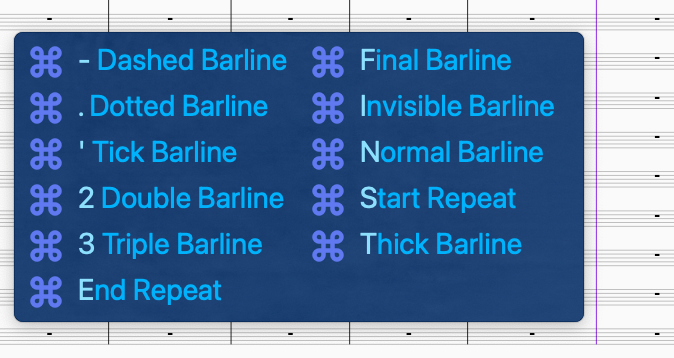
Spotlighting Conflict: Keyboard Maestro’s Bar Line Palette in Sibelius
You’re in the middle of crafting your next great opus. The bassoon ventures a little high with ledger lines? No problem! Just press Q to navigate to the tenor clef and hit Return. Your need for bitonality has vanished, and you want the key signature of D major? Easy peasy! Press K, type ‘d ma,’ find it, and press Return. You’ve settled on a hymn for the final section? No problemo! Press T - 4 - Tab - 4 - Return to quickly insert 4/4 time. You want the last section to repeat; no problem… Wait, there’s no shortcut for barlines?
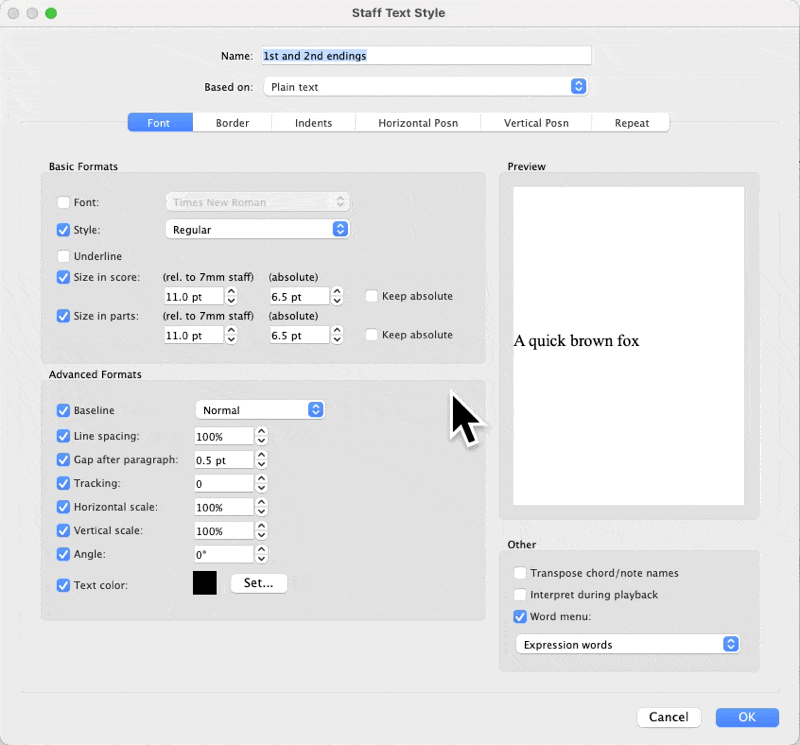
Sib-Sub: Precision Window Control with Keyboard Maestro
Now that you’re practically playing the keyboard as if Alex Acuña were an accountant, you’re probably eager to take things to the next level. You’re programming everything you can, yet still finding yourself reaching for the mouse in unexpected situations.
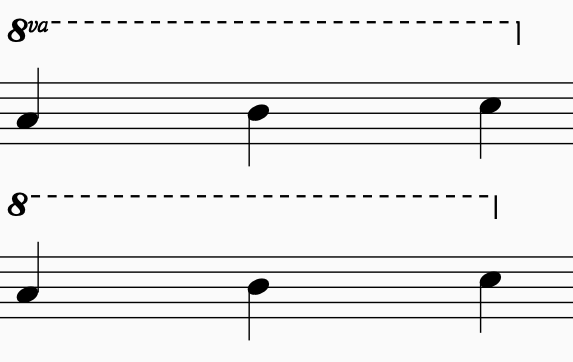
Templates 104: Custom Lines
One of the great things about creating your own custom template is that you can make choices regarding the aesthetics of the score and parts, establishing a consistent house style. Reading some of the excellent books and manuals on engraving can provide you with valuable insights into what to look out for. One aspect that can greatly improve the appearance of the score and parts is the design of the octave lines.
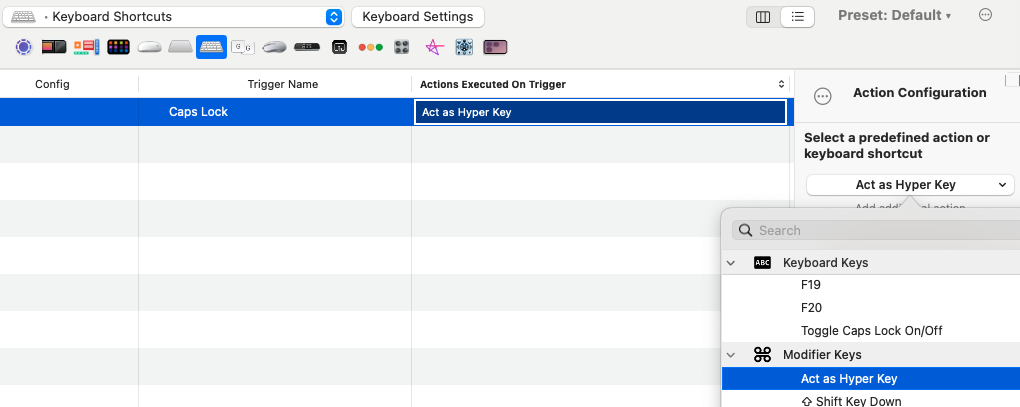
Hyper Key to Harmony
BetterTouchTool is by far the smallest app that does the heaviest workload, yet I spend the least time thinking about it. It’s an incredible bridge between input devices and the Mac, serving as both a macro app and a key ingredient in getting Shortcuts to work.

Template 103: Edit Instruments
As mentioned in an earlier post about templates, if you need to make changes to any instruments regularly, it's best to do it globally and, preferably, within your template.
Let’s explore what this entails and why it’s beneficial.

Deck the Clocks: Efficient Time Tracking with Stream Deck
With a Stream Deck in hand, you're ready to tackle one of mankind’s greatest questions: What did I actually spend my time on? Many people working in the music business are freelance knowledge workers, so there is a pressing need to bill for time. This is where my practice of time tracking began.

Window Wonderland: Setting Up Project-Based Finder Spaces with AppleScript
Getting from mundane tasks, emails, and the general frenetic pace of everyday life into a state of hyperfocus that allows you to concentrate on the project at hand is an art form in itself. There are many booby traps and siren songs pulling you away from the task, making you feel like you're on an escape room-style hunt for the right clues.
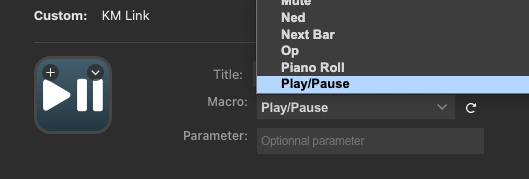
Bussed Transport
If you’ve ever found yourself juggling an audio file or stems while working in Sibelius, you’ve probably experienced the frustration of hitting ‘space’ only to activate the play function in the wrong application. Then, switching to the other app to hit ‘space’ again, you realize you’ve now got both apps playing simultaneously.
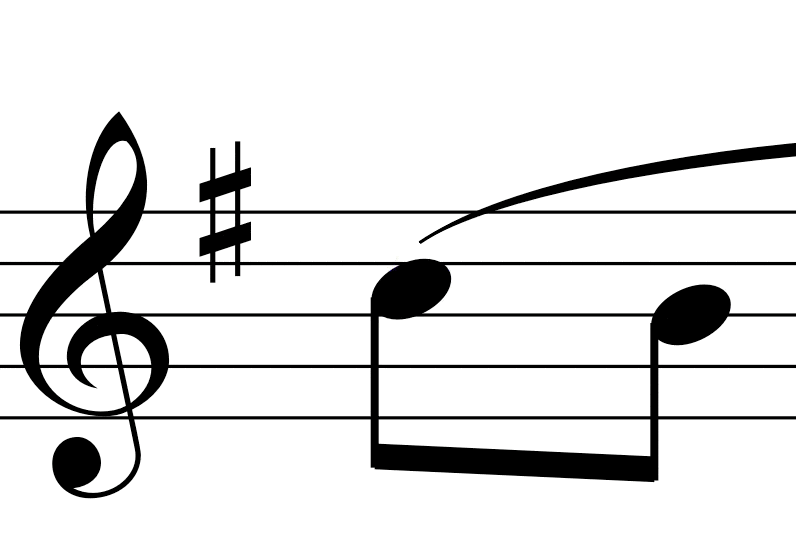
The Maestro Conducting
6 to 8 cups of coffee in New York, the average American single-person household spending on food for 2-3 days, and according to this list, a lot of good stuff, and most importantly, not even two months of a Sibelius Ultimate subscription.
It’s also the cost of Keyboard Maestro.
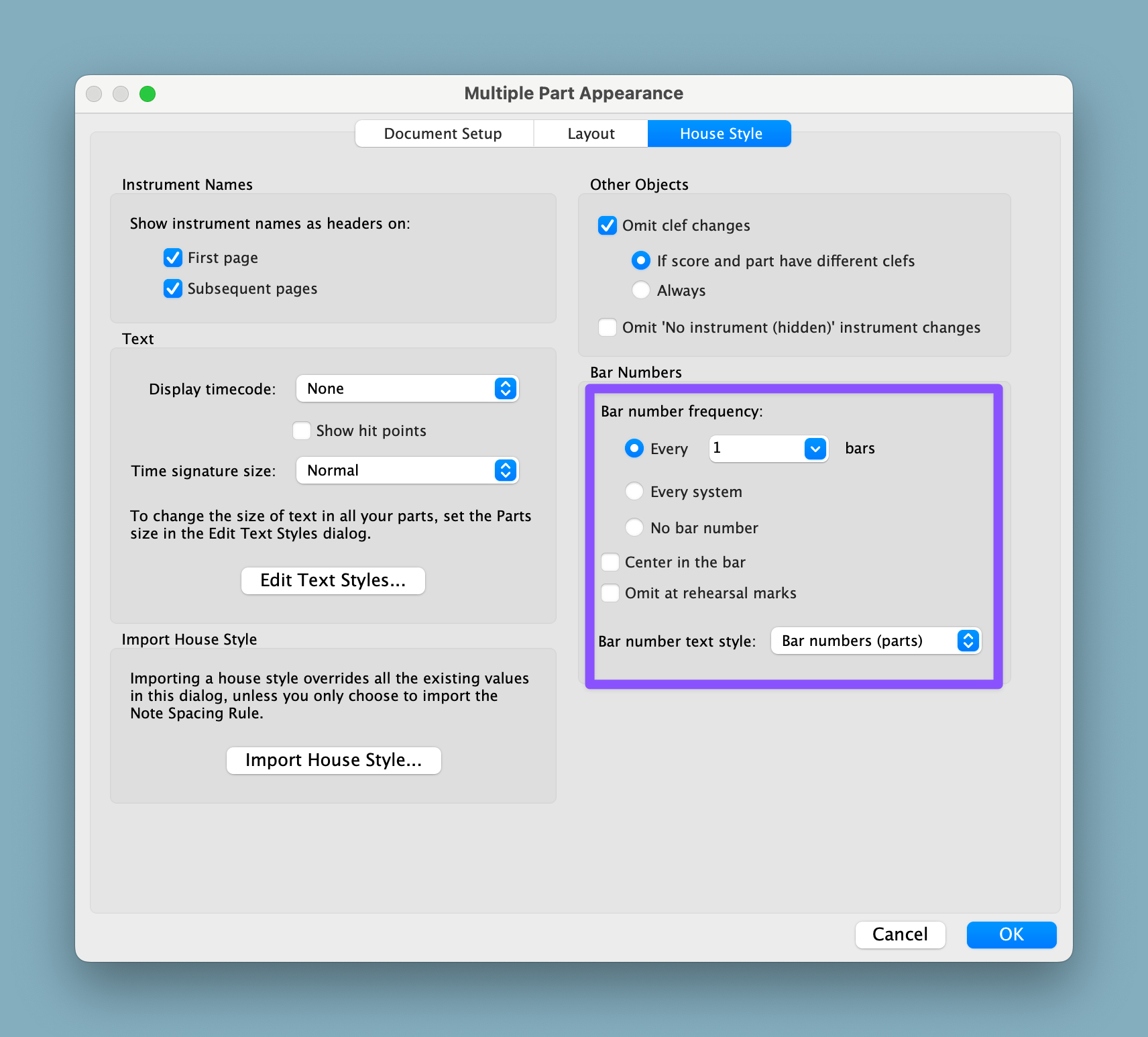
Templates 102: The Parts
After configuring the score settings, we now shift our focus to the individual parts. Choose one to begin.
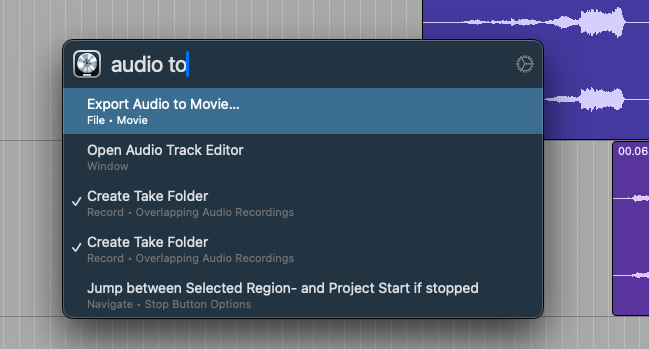
Appetizer Menus Minipost
As a serious automator, your primary focus should be to use your mouse as little as possible. This is both because it is a potential source of tendonitis and because it can be the slowest and weakest link in the precision chain.
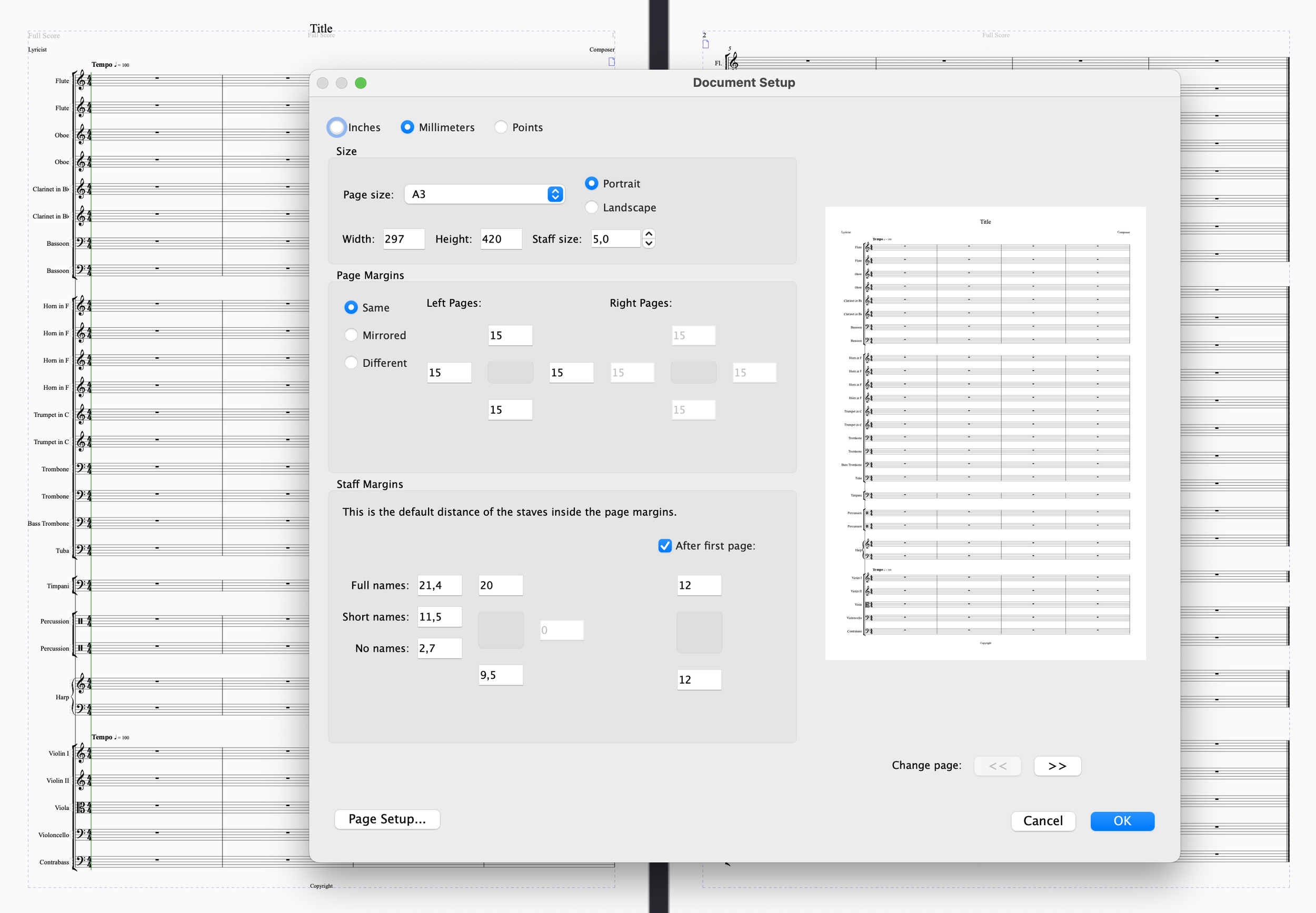
Templates 101: The Score
If this blog is about doing less and having more time for making music, cultivating a habit of creating and maintaining a template can streamline the process of setting up each score. It's about consistently approaching tasks in the same manner every time you start or finish a project, thus only needing to do them once.
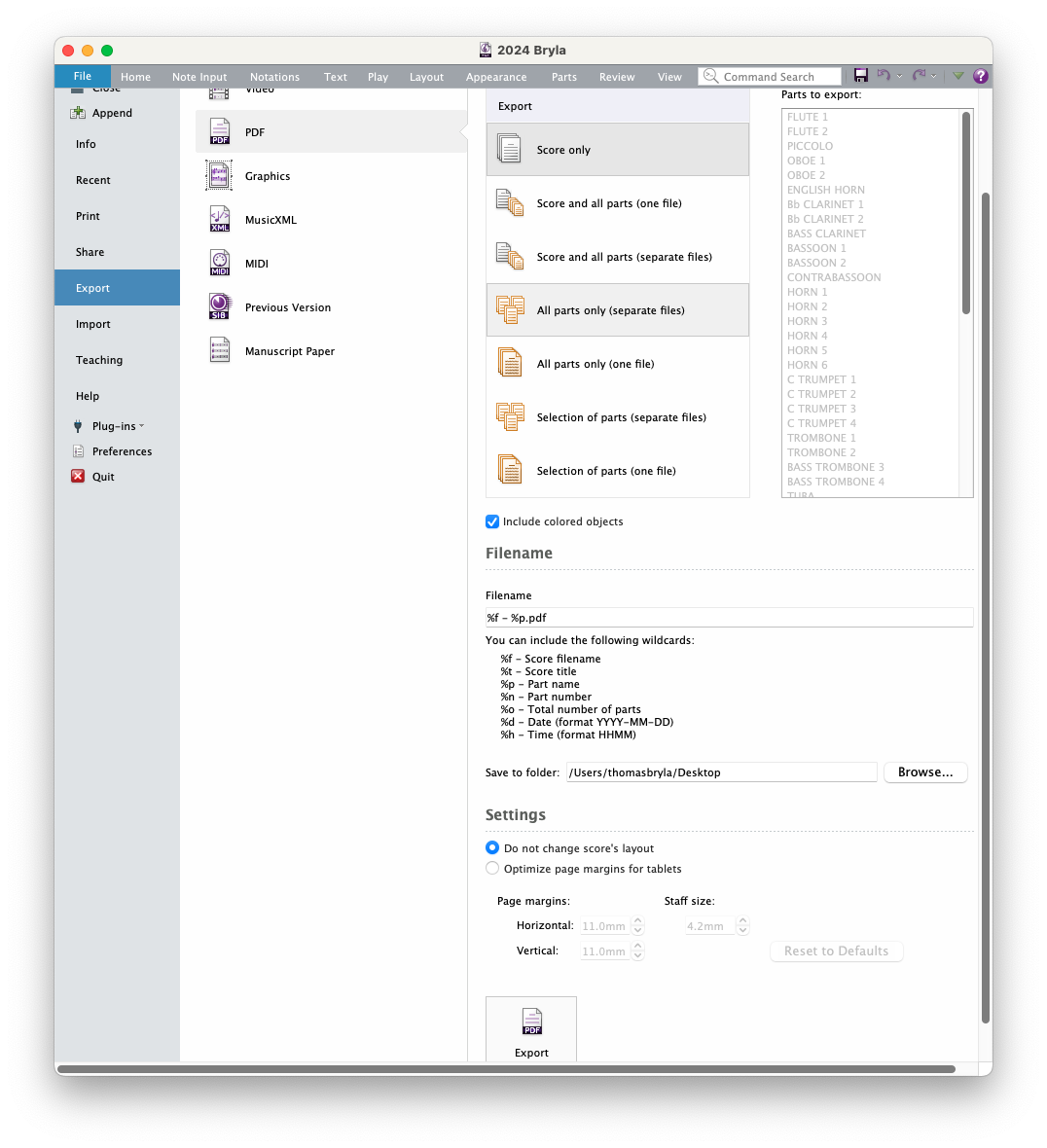
The Wonderland of Export Automation
If Homer tripled his productivity by making two of three letters in the word 'yes' redundant, you can imagine the epiphany I had when the Stream Deck was released. Actually, nothing changed for me.